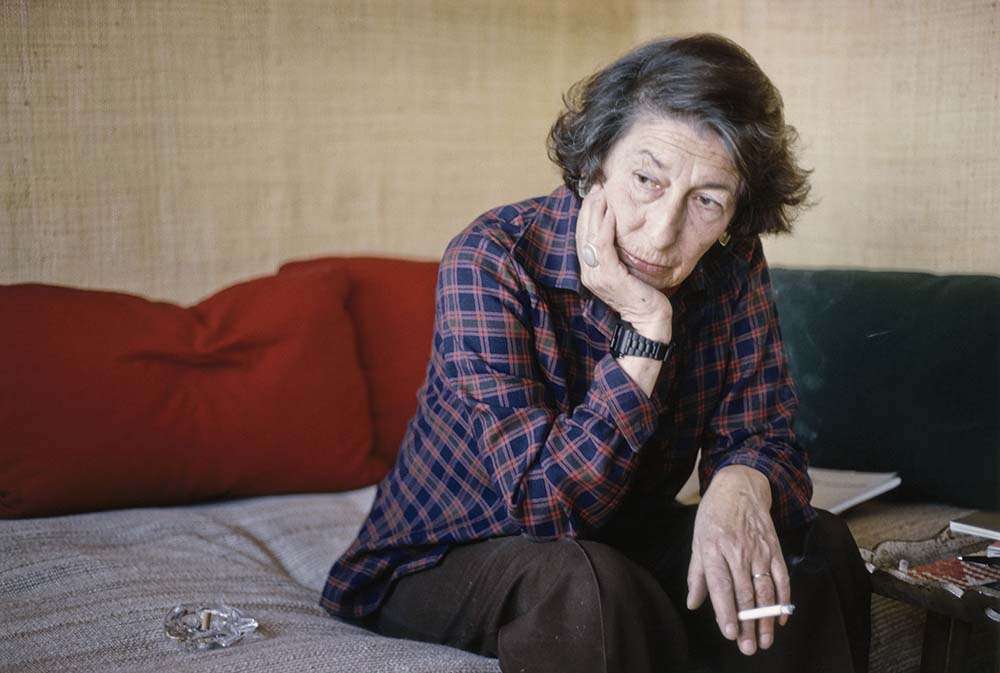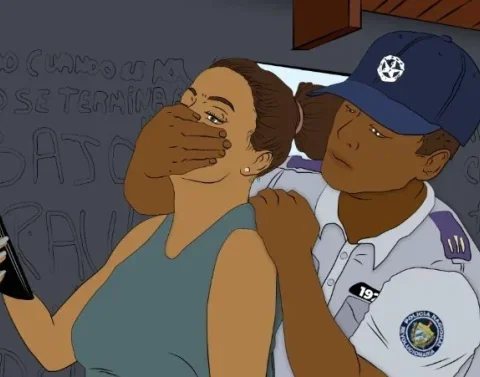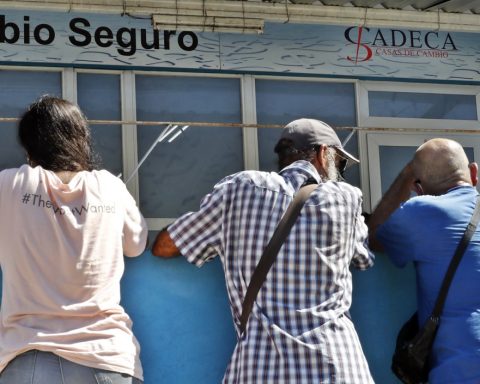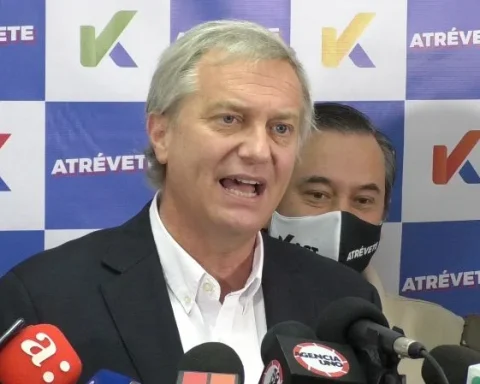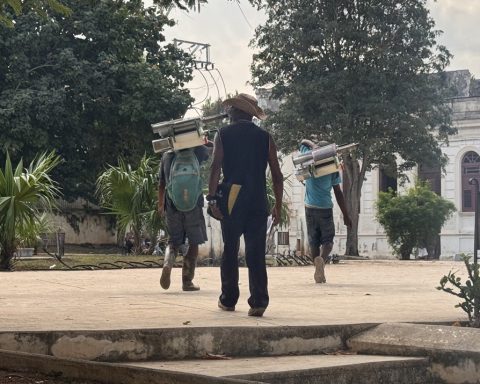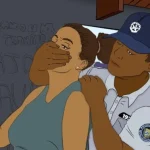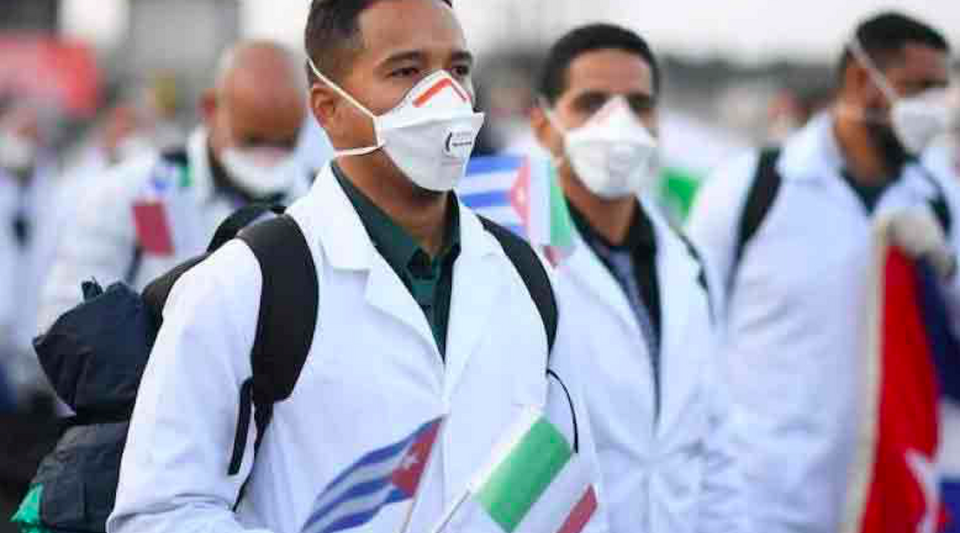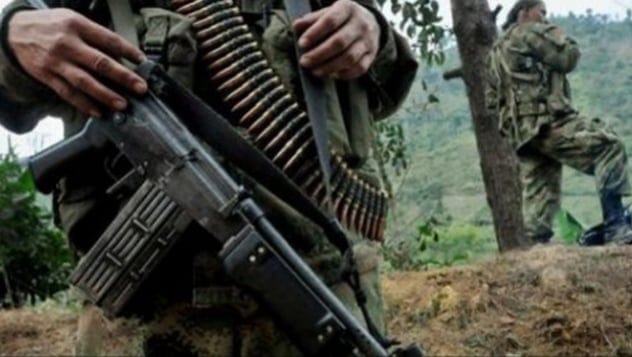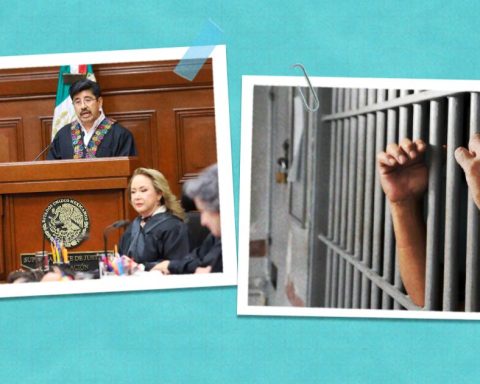Frida Kahlo, Jorge Luis Borges and Nicolás Guillén passed through the insightful lenses of Gisèle Freund (1908-2000), a pioneer in photographic portraits of 20th-century Hispanic-American personalities and whose work is being exhibited this week in Paris.
“When there was a smile, she thought that half of the photo was dead, she was lost, she didn’t like that smile that was sought in classic, studio photography,” Antonio Torres del Cerro, from Eff, the curator of the exhibition, Juan Álvarez Márquez, referring to Freund’s way of working, whom he met during the last years of his life.
In front of the picture of a Borges captured sideways with a gesture that gives off a certain arrogance, the Uruguayan Álvarez reviews the 72 works of the exhibition dedicated to Freund, “Ce sud si lointain” (“That south so distant”), exhibited at the House of Latin America of the French capital until January 7, 2023.
A good number of literary and artistic figures from 20th-century Latin America are there. The Chileans Neruda and Vicente Huidobro; Guatemalan Nobel laureate Miguel Ángel Asturias; Cuban Nicolás Guillén; the Spanish philosopher José Ortega y Gasset; the Kahlo-Diego Rivera couple; or the Argentine Julio Cortázar.
But also of political personalities, such as Evita Perón and General Perón, whom he photographed with an air of royalty, and others that are not exhibited in this exhibition, such as the best-known portrait of French President François Mitterrand, made in 1981.
Freund “built a great network of 20th century culture. Thanks to the fact that they were characters related to each other, he managed to travel to very different places in a time without internet or mobile phones”, commented the curator, who cited other literary figures of the last century that Freund portrayed, such as Virginia Woolf or André Breton.
Latin America was, without a doubt, his favorite region, where he arrived fleeing from the Nazis. Born in Berlin in 1908 to a family of Jewish origin, she first found refuge in Paris in the 1930s and, when German troops occupied the French capital in 1940, she crossed the pond to Buenos Aires.
Thanks to the writer Victoria Ocampo, also portrayed in this exhibition, Freund was introduced to the rich Argentine cultural scene of the time and began to publish portraits of writers such as Borges, Adolfo Bioy Casares or María Rosa Olivier. He also writes articles in the newspaper The nation.
He takes advantage of his stay in South America to travel to Chile, Brazil, Uruguay -where he photographs Alberti in Punta del Este-, Bolivia and Ecuador. At the end of World War II (1945), he briefly returned to Paris and joined Robert Capa’s Magnum agency in 1947.
Still with one foot in Argentina, some photos published by Evita Perón for the magazine Life in 1950 they arouse the wrath of the local authorities and leave the country.
In the 1950s, his interest focused on pre-Columbian art, especially his cultural footprint in Mexico, where he lived between 1950 and 1952. There he portrayed Frida Kahlo and Diego Rivera, among others, and immersed himself in Mayan cultures, Olmec and Toltec, embodied in costumbrista scenes evident in the exhibition.
Years later, he set up his peculiar photographic studio at rue Lalande 12 in Paris, where Octavio Paz, Ernesto Sábato or Alejo Carpentier, among others, pose.
Freund passed away in Paris in 2000, but his visionary legacy lives on. Before Paris, “Ese so distant south” was exhibited in a smaller-scale version in 2021 in the Spanish city of Granada and now the exhibition is preparing to travel to Argentina and Uruguay.
Antonio Torres del Cerro/Efe/OnCuba.
